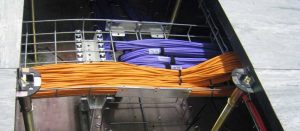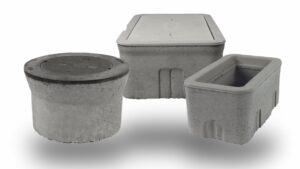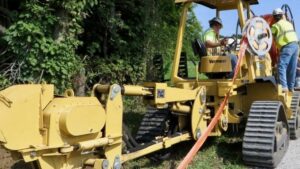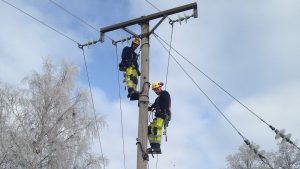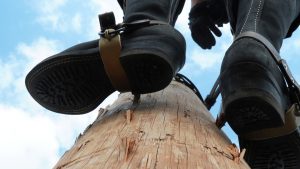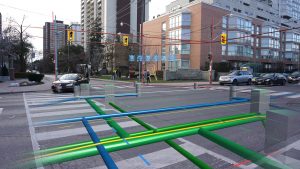Telecommunications outside plant cabling began with the placement of the first telegraph system, which consisted of wires linking two stations. From this simple beginning, OSP has expanded into a vast global telecommunications infrastructure.
The majority of outside plant cabling facilities are designed, installed, and maintained by local access providers (APs) serving specific geographic areas. However, OSP facilities located on private properties or in areas not covered by a local AP become the customer’s responsibility.
To support the needs of the local APs, many private companies offer OSP design, engineering, and construction services. In some countries, the AP (the provider of the physical connection) is also the service provider (SP [the provider of the desired service]) and can be the same company.
OSP is the telecommunications infrastructure that is designed and installed externally to buildings and typically routed into an entrance facility (EF).
OSP may include:
• Optical fiber cabling.
• Balanced twisted-pair cabling.
• Coaxial cabling.
• Supporting structures required to link serving facilities to outlying locations and enable voice, data, video, and other low-voltage systems.
The function of customer-owned outside plant cabling infrastructure is to provide interconnections between building entrance facilities, structures on a campus, or telecommunications pedestals or cabinets.
Customer-owned OSP cabling consists of the backbone cables, splices, terminations, and patch cords or jumpers used for backbone-to-backbone interconnection. The customer-owned OSP cabling infrastructure shall meet the requirements of the authority having jurisdiction (AHJ) and applicable codes.
Customer owned OSP – Pathways and spaces
Many types of pathways and spaces may be required to route cabling between campus buildings, structures, or outdoor telecommunications pedestal or cabinets. There are two basic types of cable pathway systems: underground and aerial (with exceptions for surface and above-ground conduit following the route of another above-ground utility).
Underground pathways and spaces may be dedicated for cable placement (e.g., direct-buried cable, buried duct/conduit, maintenance holes, handholes and shared spaces such as a utility tunnel providing other services).
Aerial pathways and spaces may consist of poles, messenger wire, anchoring guy wires, splice closures and terminals. Self-supporting cables, which include a messenger wire, may also be used.
Customer owned OSP cabling
Customer-owned outside plant cabling consists of recognized cable terminated with conforming connecting hardware and protective devices, as required. Customer-owned OSP connecting hardware may be located on the exterior or interior of a building, or in an outdoor telecommunications pedestal or cabinet.





